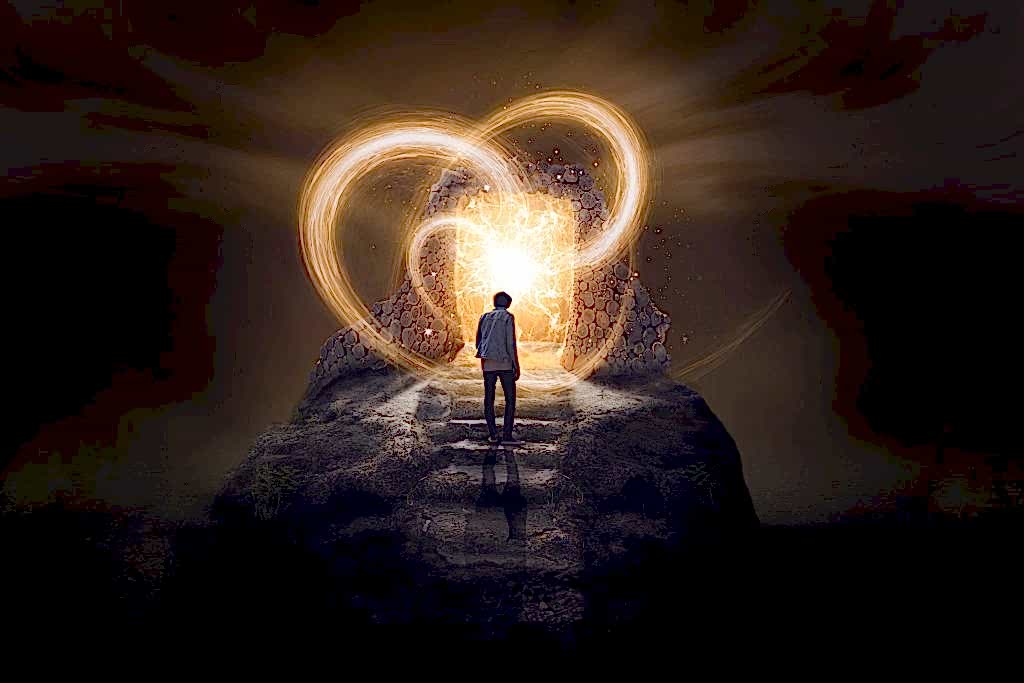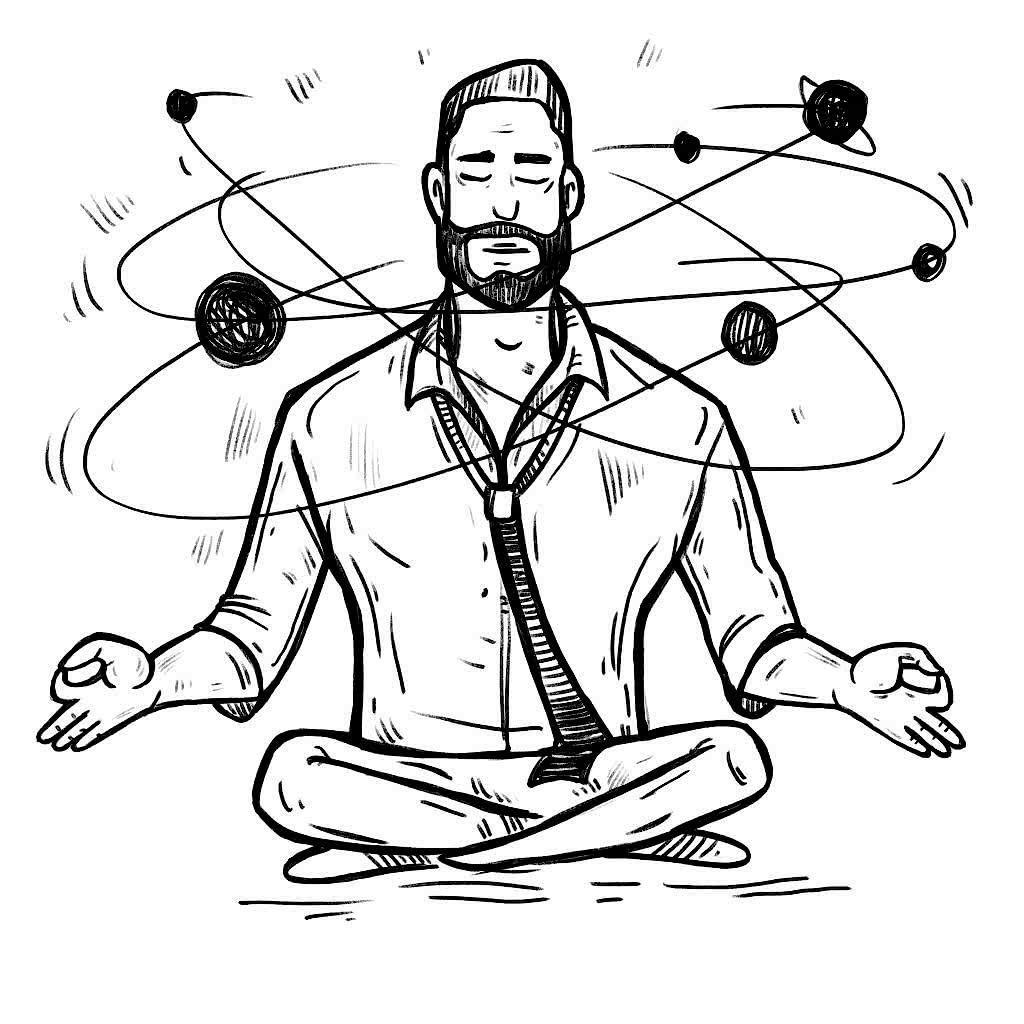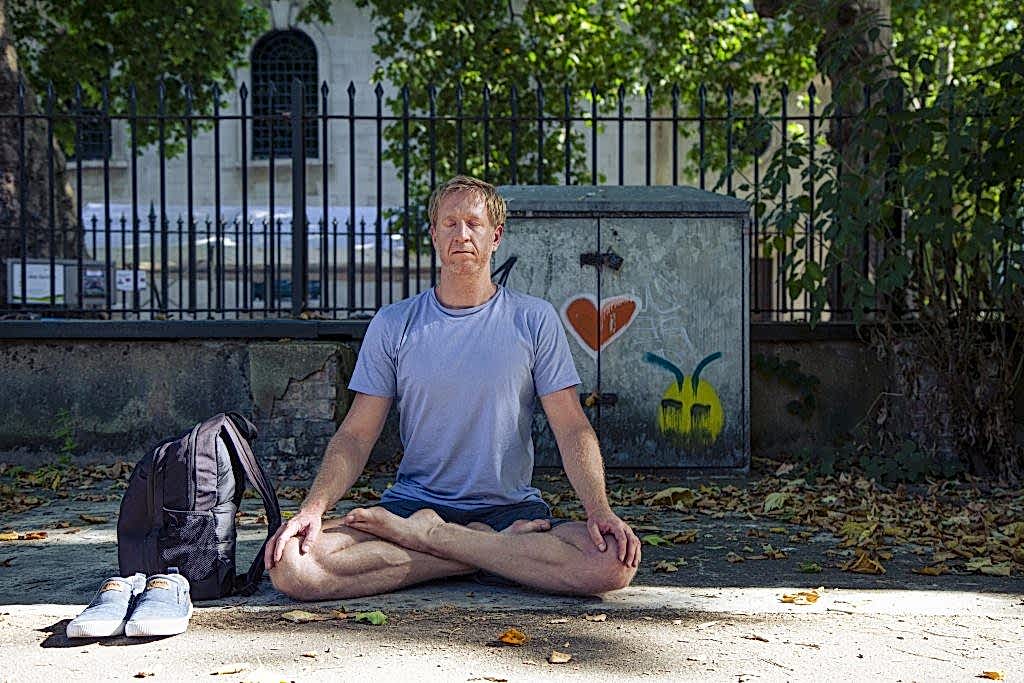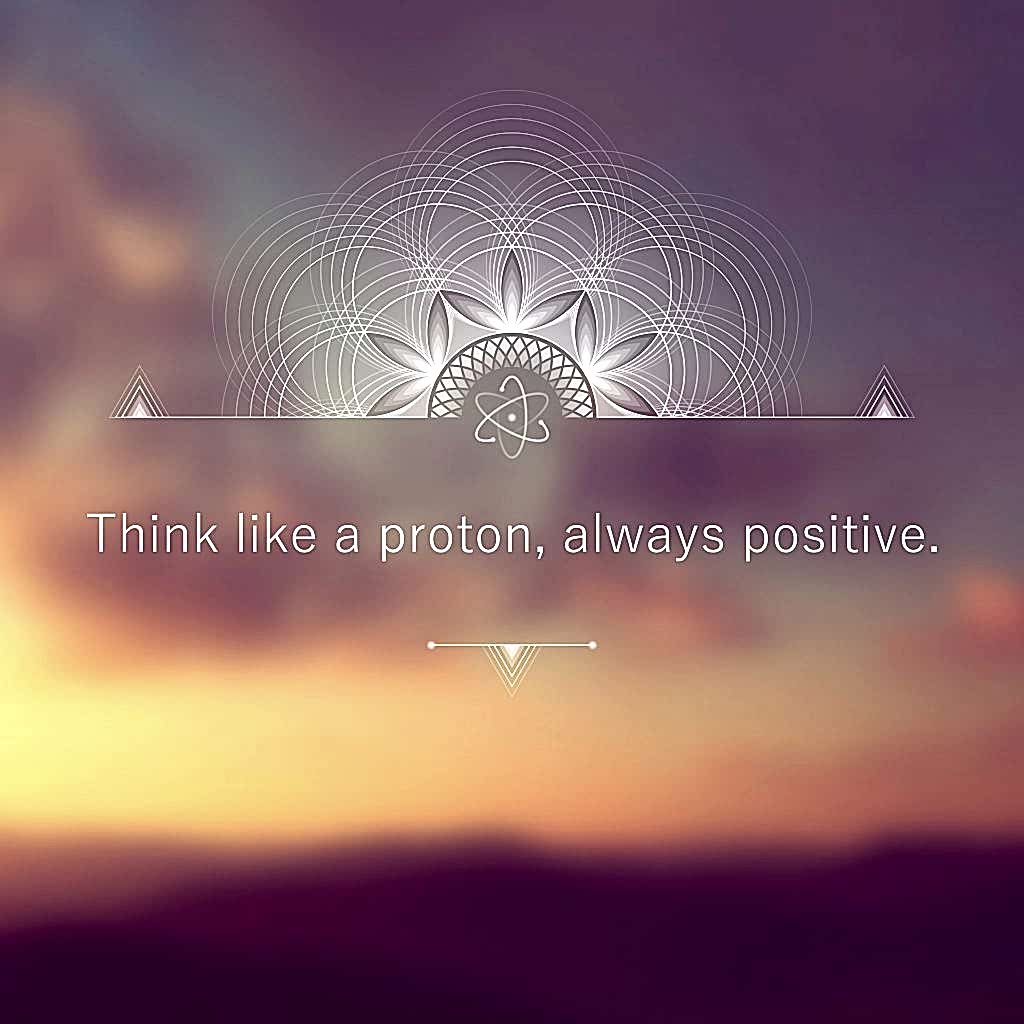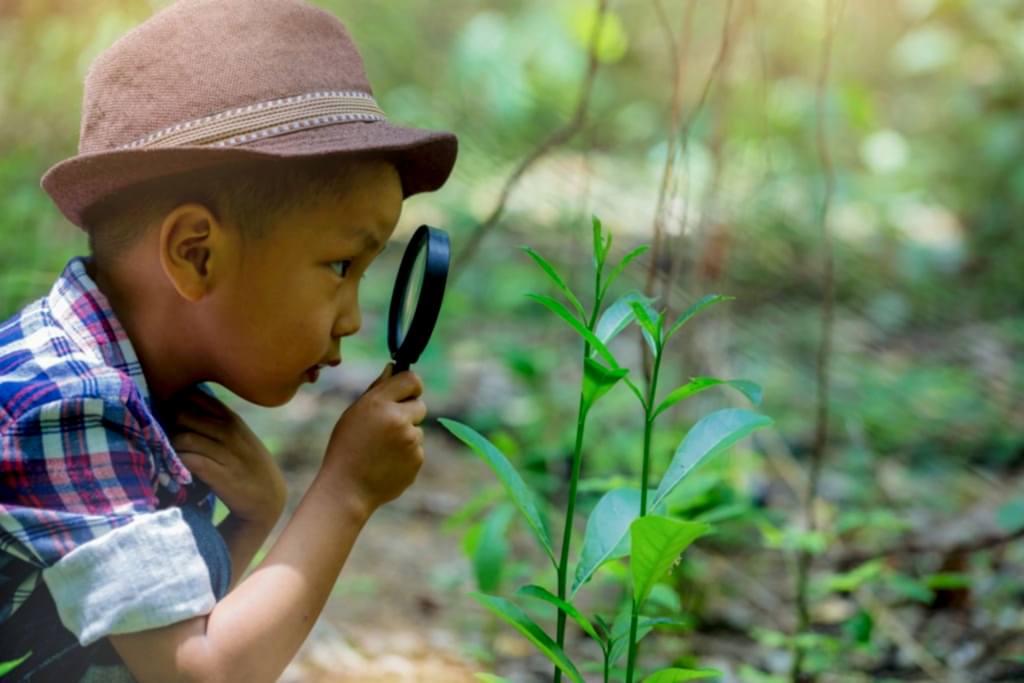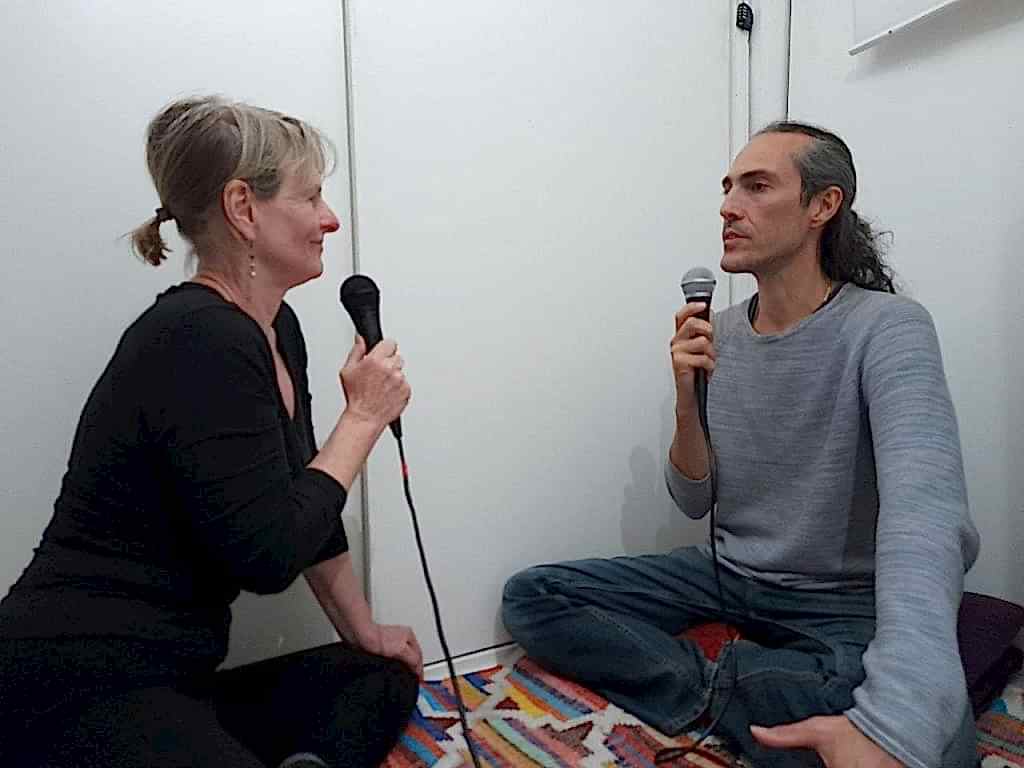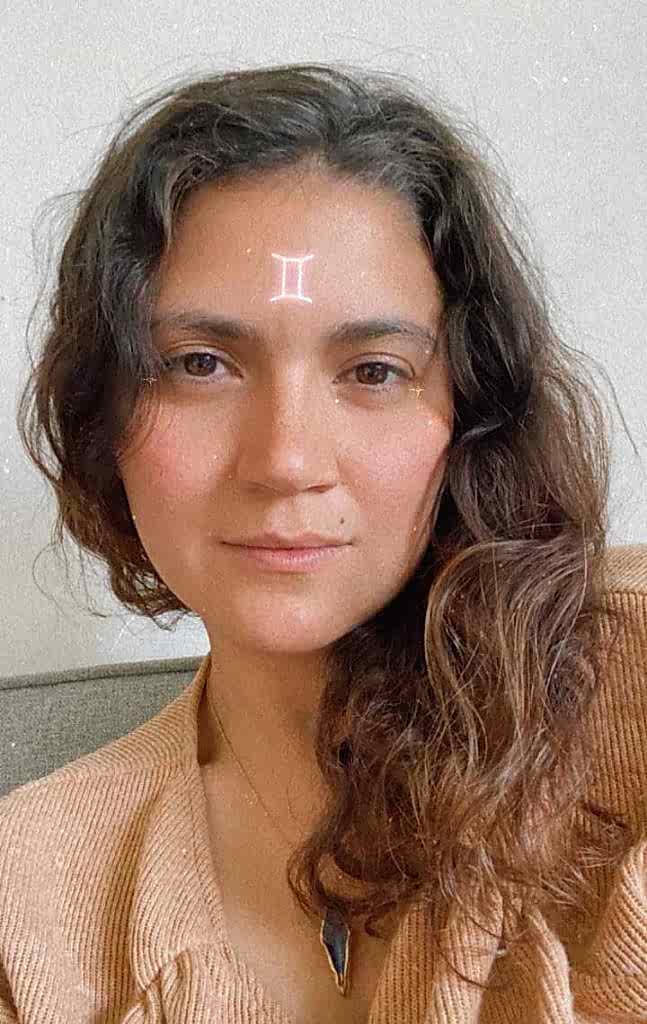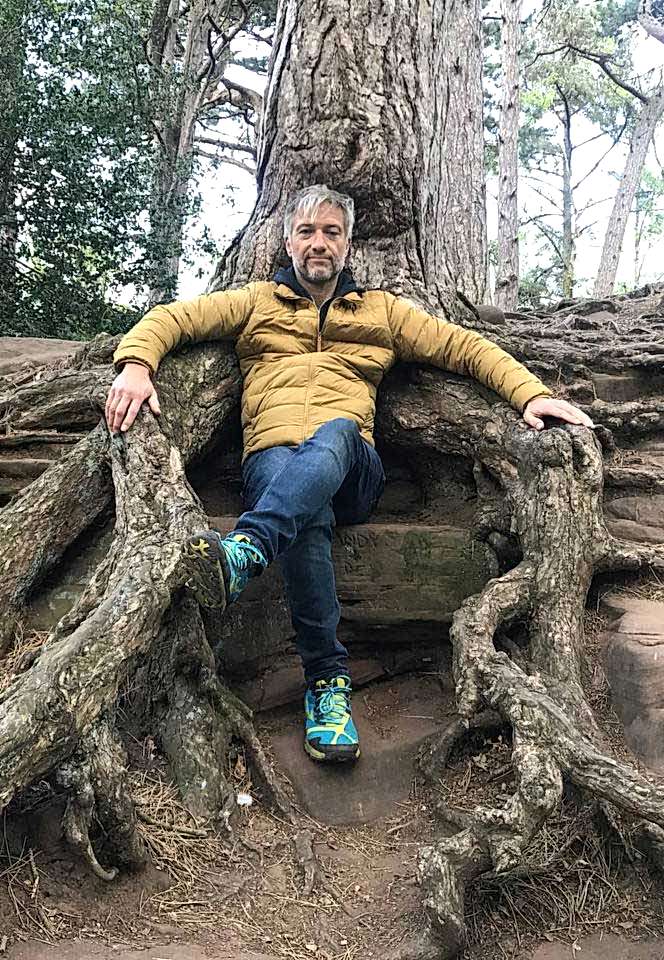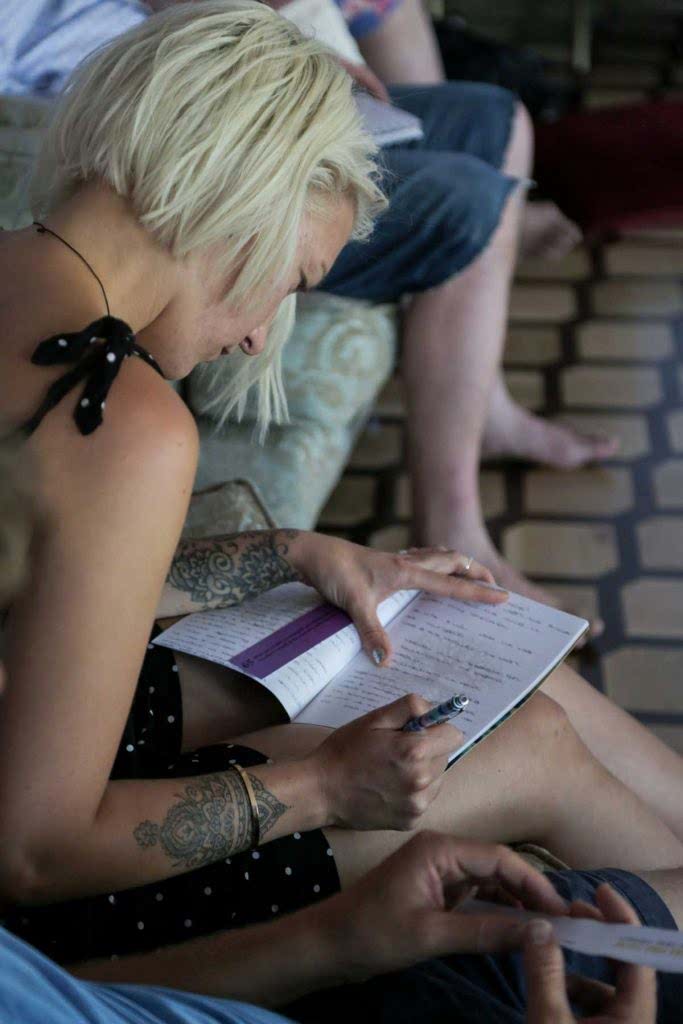For millennia there have been many different religions, beliefs, spiritual paths and methods used for discovering, understanding and reaching the creator of this universe. Any attempt of the mind to describe something that exist beyond the field of our sensory perceptions and usual thinking proves to be a difficult undertaking. Religion, philosophy and science alike tried and continue to try to solve this mystery, or sometimes to disprove it altogether. In our modern world Divine creation versus random evolution is a debate fiercer than ever.
In the past, God was ascribed many names, powers, functions, descriptions and epithets, according to epoch, culture and intellectual and technological advancements.
Some say that reciting the names of God, or deeply understanding his characteristics will gradually take one to paradise. Could this in itself be a path, a way of finding God, as efficient as meditation, introspection, devotion, sacrifice and others?
Some say that reciting the names of God, or deeply understanding his characteristics will gradually take one to paradise.
In Christianity God is defined as an enumeration of his attributes, amongst which three are the most important; omniscient, omnipotent and omnibenevolent. As such these attributes are called incommunicable, they only belong to God. God manifests absolute compassion, infinite intelligence, and always loves and takes care of the created.
In Islam God is also defined as omniscient, omnipotent and completely infinite yet beyond any anthropomorphic form, as it transcends gender and any shape. God is timeless, eternal, infinite; it represents the beginning, the cause of everything and also the end, it is the “ancient” One, there is no before or after.

We find various gods and goddesses in other traditions, for example in Hinduism there are hypostasies or descriptions of Shiva, the supreme consciousness, as well as various goddesses which are his manifesting powers. In his aspect of Brahman, the Creator, he is transcendent, unmanifested and immanent, while in his manifested form he is the Good Shepherd, the Cosmic Dancer, the united universal Man & Woman, as well as many other hypostasies.
The word “attribute” comes from the Latin “atributum” which is a derivate of the verb “atribuere”, translated as “to attribute”. An attribute is an essential characteristic or a distinctive trait of something in particular: a human being, an object, a phenomenon or even God.
We can distinguish between non-essential attributes, e.g. skin colour or physical shape in the case of a person, and essential attributes which designate one or more traits without which the phenomenon, object, person, or a divine being cannot exist or cannot even be known or thought about, e.g. self-awareness or cognition for a human being.
The Godly Attributes are those characteristics, manifested as endless and enigmatic energies, which belong to the Godly Being, or God.
The Godly Attributes are those characteristics or traits, manifested as endless and enigmatic energies, which belong to the Godly Being, or God. Amongst such attributes we can mention Love, Kindness, Eternity, Compassion, Forgiveness, Omnipotence, Justice, and many more; without them God cannot be felt, understood, or even conceptualised.
The unique revelation in our school is that the Godly Attributes are and will be in eternity free, endless and beneficial subtle energies, which never change. Because we, all people, were created by the Almighty in his likeness, and because we can also recognize God by means of his Godly Attributes, we can infer that these Godly Attributes are accessible and can be known and felt directly and intuitively inside our own being.
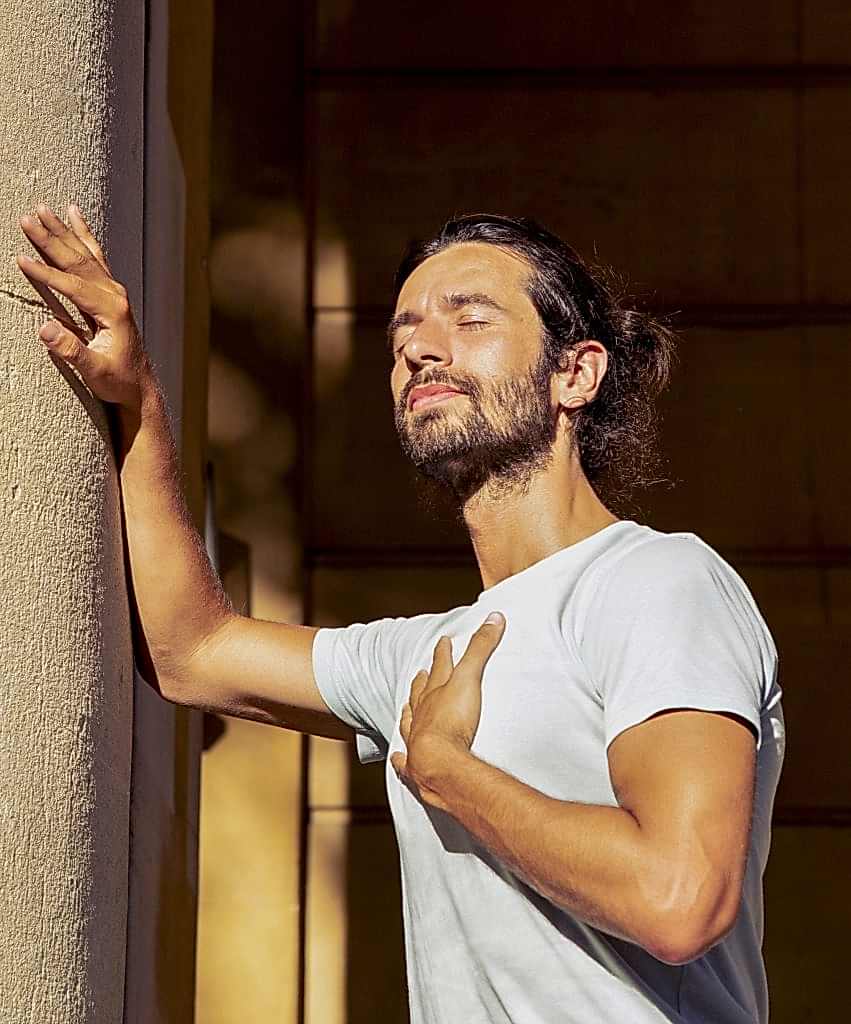
For this to happen, we need to create favourable and adequate conditions which will trigger a process of resonance, a subtle energetic connection, with a specific Attribute.
Harnessing this subtle sublime energy inside ourselves will lead to the appearance of a very specific and distinct inner state which will allow us to feel, to know and to fully participate in the objective and mysterious reality of that Godly Attribute. As long as this process of resonance, that maintains this subtle connection, is kept in optimal conditions, we continue to have access to this divine reality. This is not necessarily a form of meditation, but rather an ability to feel and become that energy, to manifest it at will, to stay tuned in to it for as long as we are capable of.
Any process of resonance contains in it a dual transmission: the first is quantitative – the more we resonate with a process, an emotion or a state, the more energy of the same type we attract in our being; the second is informational – there is knowledge, wisdom and information contained in that specific energy or frequency, in the same way a radio transmission contains information. Resonating with godly attributes will allow a gradual accumulation of knowledge and sometimes revelations and divine information will be rapidly downloaded into our consciousness.
Consequently, the outstanding result of this practice, of directly knowing and feeling the specific subtle energy of a godly attribute, is directly discovering God, feeling Him inside our being. Each attribute opens a gate to one of God”s infinite realities.
The Godly Attribute of Love is an easy and accessible example for all of us. We constantly feel and manifest love in various ways and for various reasons. Knowing or not, the Godly Attribute of Love is behind all these manifestations of love, and we can say that we get closer to its divine nature when our love becomes most sacred, refined, unconditional and full of abnegation. It has inspired many sages, saints, and advanced spiritual practitioners to state that God is Love, and Love is the expression of God which manifest as an intense, endless, refined, and pure subtle energy.
The regular practice with the Godly Attributes will gradually reveal in our lives the mysterious presence of God, not only as a detached, above-all Being, but also as a caring and loving parent, who is constantly involved in every minute detail of its creation.
Being a direct and un-mediated process, this spiritual experience becomes a proof of the existence of God, freeing us from the endless philosophical and intellectual debates.
In time we will be able to resonate with more attributes, to keep them alive in our consciousness and to radiate them in our lives more and more.

